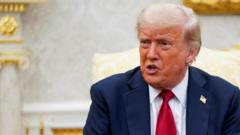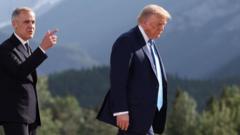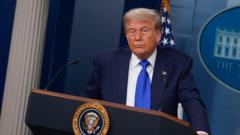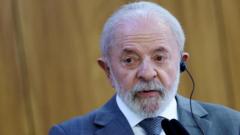In a significant move for healthcare reform, President Trump has signed an executive order addressing high prescription drug prices, compelling drug manufacturers to reduce costs within 30 days or face government-imposed pricing regulations.
Trump’s Executive Order Aims to Revolutionize Prescription Drug Pricing
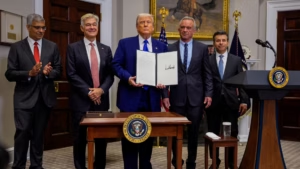
Trump’s Executive Order Aims to Revolutionize Prescription Drug Pricing
The new executive order threatens pharmaceutical companies with price matching if they do not voluntarily lower drug prices for American consumers.
In a landmark initiative this week, President Donald Trump has signed an executive order targeting the entrenched problems of high prescription drug prices in the United States. The order presents a direct challenge to pharmaceutical companies: they are given a 30-day window to voluntarily reduce their drug prices or be mandated to match the lowest prices charged in other developed countries.
This decisive action aims to close the glaring price gaps that have historically put American consumers at a disadvantage compared to their counterparts in nations like Canada and various European countries. The Trump administration frames this move as essential, arguing that it is time to combat what they describe as exploitative practices within the pharmaceutical sector. For years, many have raised concerns over the significant markup on medications in the U.S., and with prescription drug costs outpacing wage growth—especially among low-income families and seniors—the pressure for reform has become increasingly urgent.
Supporters of the order consider it not only financially prudent but also ethically imperative, attempting to break away from the stagnation wrought by congressional inaction. By bypassing legislative channels, the administration positions itself at the forefront of a necessary confrontation with a system perceived as broken.
Despite some skepticism regarding the legal viability of the executive order and potential impacts on pharmaceutical innovation, officials from the White House maintain that this measure is merely the beginning. They hint at future reforms that may include revamping the supply chain dynamics and instituting greater transparency within the industry.
For countless Americans grappling with the high costs of life-saving medications, this executive order could signify a pivotal change in healthcare policy, representing an aggressive stance against corporate greed and setting the stage for sustained efforts to reform the pharmaceutical landscape.







